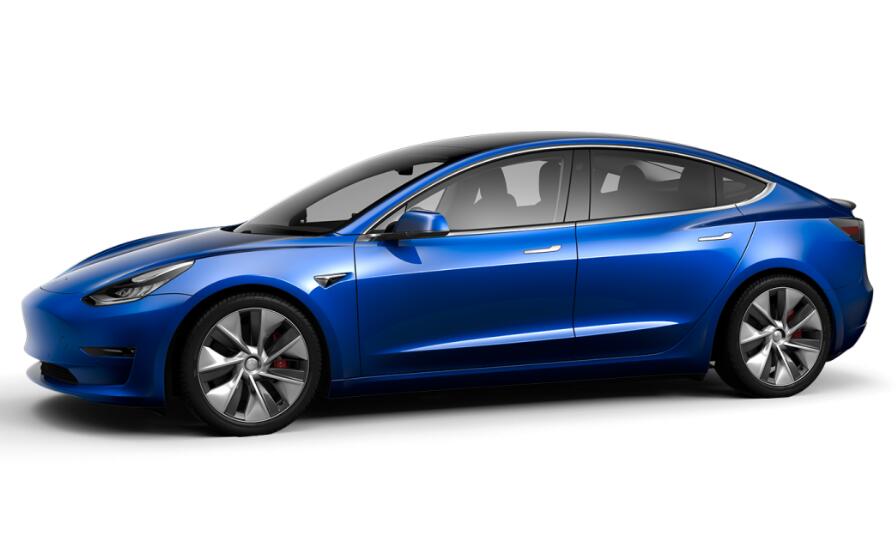A user on Zhihu, a question-and-answer website like Quora, gives his view from a new angle as to why China is supporting new energy carmakers like Tesla and Nio.
Simply put, he argues that the energy used to power electric vehicles is electricity, which can be produced and consumed directly in the country. Whereas the energy used to drive fuel-efficient vehicles is gasoline, which would need to be imported in large quantities and cost dollars.
Here is a translation of his explanation:
For us ordinary people, the RMB has to be earned as well as the US dollar, they are both money.
But for the country, the national currency are paper printed, while the dollar foreign exchange is what must be sold in the international market with real commodities to obtain.
For the country, the national currency and the dollar foreign exchange, the two is not a thing.
New energy generation represented by solar energy, wind energy, etc., in China's northwest is booming. And a number of hydropower facilities, such as the Baihetan Hydropower Station, are under construction in China's southwest.
From Panzhihua to Yibin, where the Three Gorges Dam is located, is known as the lower reaches of the Jinsha River. Here, China has developed four world-class giant cascade hydropower plants: the Wudongde Hydropower Station, the Baihetan Hydropower Station, the Xiluodu Hydropower Station and the Xiangjiaba Hydropower Station.
These four power stations have a total installed capacity of 42.1 million kilowatts, equivalent to two Three Gorges power stations. The Baihetan Hydropower Station, with an installed capacity of 16 million kilowatts, will be the second largest hydropower station in China after the Three Gorges Dam when completed.
They can be transported to China's central and eastern coastal provinces through the ultra-high voltage in the middle of the new infrastructure.
This will create a situation in which the eastern coast is developing rapidly, while the western part of the country imports energy, represented by "electrical energy", to the east.
The development of solar, wind and hydropower on our own soil will not be affected by any international political events.
. The gasoline is different, gasoline is shipped from the Middle East, Russia, and South America to China, miles, and miles, and is greatly affected by the international situation.
In 2019, China's foreign exchange for crude oil imports is $250 billion, second only to chips at $300 billion.
With the rise of Tesla in China in 2020, pulling the otherwise inactive domestic electric vehicle industry. Many of the articles I've read before analyzing this matter from the perspective of Tesla nationalization and pulling the upstream and downstream industry chain.
In 2019, Shanghai is speeding up the construction of a Tesla super factory, which is even comparable in significance to when the first Santana entered China.
So many Tesla, as well as all the other electric cars, another level of significance is: every Tesla sold, in the entire driving life of the Tesla, the electricity consumption will no longer burn oil, not burn oil so do not have to take the dollar to the world to import so much crude oil.
The electricity, even the most polluting coal can be burned, because whether it is mining coal or burning coal, all drive domestic employment, and promote the development of the local industry.
Even if you consider environmental issues, as long as you build the coal power plant far enough away and then ship it back to the eastern coastal cities for use via one of the new infrastructure projects in 2020, you'll have no problem polluting.
Besides, as mentioned above, the country has vigorously built so many new energy generation plants in the northwest and southwest of the country and used high voltage lines to send them to eastern cities.
The state subsidizes 20-50,000 per electric car to entice you to buy an electric car, which is actually a good deal for the state to take out a little RMB to exchange for the dollars imported for the gasoline this car will use for the rest of its life.

